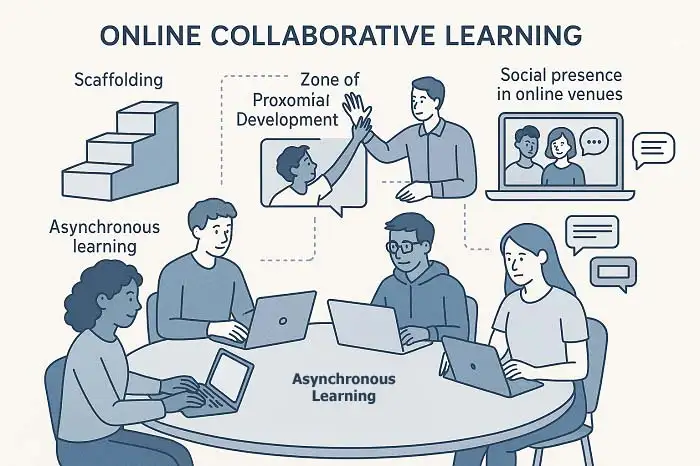Writing Practice on Holding Negotiations Writing Practice on Holding Negotiations Morteza Feizbakhsh This video talks about useful techniques of negotiation which help negotiators to succeed and achieve gains out of controversial negotiation. The main purpose of these techniques is to utilize voice and sentences in order to increase collaborative and understandable atmosphere. The first technique deals with intentionally putting the listener into the good mood. The simplest way to do so is to smile while talking. Based on scientific research, people who are experiencing good mood, think more effectively and it increases the chance of reaching an agreement. The second ...
Home » IELTS Essay Writing Practice » Writing Practice on Holding Negotiations

Writing Practice on Holding Negotiations
Updated: by Dr. Mohammad Hossein Hariri Asl
Time to Read: 4 minutes | 342 Views | 4 Comments on Writing Practice on Holding Negotiations
Share This Post
About the Author
Dr. Mohammad Hossein Hariri Asl is an English and Persian instructor, educator, researcher, inventor, published author, blogger, SEO expert, website developer, entrepreneur, and the creator of LELB Society. He's got a PhD in TEFL (Teaching English as a Foreign Language).
Number of Posts: 4235



It goes without saying that collaborative lifestyle necessitates negotiation skills, these days. To exemplify it, engaging in businesses, and appearing in courts need such skills for sure. This essay cast light on some techniques which come in handy in argumentative discussions.
As per Chris Voss’s speech, firstly, it is indispensable to change the mood of your counterpart, whom you are arguing with. In fact, mirror neurons are a type of brain cell that respond equally when we perform an action and when we witness someone else perform the same action. For instance, smiling at the negotiator and changing his/her mood could culminate in opening new doors in the discussion. Moreover, upward and downward inflexion which are two basic verbal communication elements merit consideration, in case there is no movement on parts of the contract. To be more elaborate, the turbulence of negotiation dwindles with the help of these verbal communication skills. Last but not least, parties had better play fair. Generally, people comply with agreements if they feel they have been treated fairly and lash out if they do not. However, using f words in negotiations can lead to making an implicit accusation of unfairness against your counterpart.
Above all else, from my personal vantage point, strengthening empathy is a serious point. In fact, parties can indicate their empathy by interpersonal skills such as openness, empathetic listening, and paraphrasing their counterpart’s ideas. Also, reading your counterpart’s mind according to his/her body language and paying heed to vocal tonality could be helpful as well.
In a nutshell, there exists many elements, from words and vocal tonality to empathy, which should be kept in mind so as to conduct a successful negotiation.
Glad to see you using the language in action, and not just studying it. Make sure that this is the most practical way to learn any second languages if it’s mixed with intensive and extensive reading and listening, constant vocabulary learning and grammar improvement, and so forth.
This video talks about useful techniques of negotiation which helps negotiator to succeed and have high gain out of controversial negotiation. The main purpose of these techniques is to utilize voice and sentences in order to increase collaborative and understandable atmosphere.
The first technique deals with intentionally put the listener into the good mood. The simplest way to do so is, to smile while talking. Based on scientific research, people who are experiencing good mood, think more effectively and it increases the chance of reaching an agreement.
The second technique is downward inflection. It is mostly useful in situation that there is no movement in some terms of contract. The downward inflection helps negotiator to avoid declaring negative opinion toward deflects utterly. Because, it can evoke aggressive respond inside counterpart which make negotiation deviates from its mainstream. The same story happens when the negotiator is about to question. Because, most people feel defensive while being questioned and it must be cared by using smile and downward inflection.
The third technique which have a great impact of interacting is mirroring. The mirroring means simply repeat 2 or 3 words of the counterpart. The words can be the last ones or just selected through the context. The mirroring technique helps the negotiator to better understand what the others tried to say and it also buys more time to think.
The fourth technique is avoiding the F-word in negotiation. The F-word stands for ‘fair’. Once somebody drops the F-word or F-bomb, it just ruin the negotiation. By doing so, the counterpart eventually feels that he is exploited and tries to defend himself. It’s also the sign of being indifference toward negotiation techniques which your counterpart wants just what is fair, and it means you were just taking advantageous or you were too far aggressive.
(Reproduced Message): Glad to see you using the language in action, and not just studying it. Make sure that this is the most practical way to learn any second languages if it’s mixed with intensive and extensive reading and listening, constant vocabulary learning and grammar improvement, and so forth.